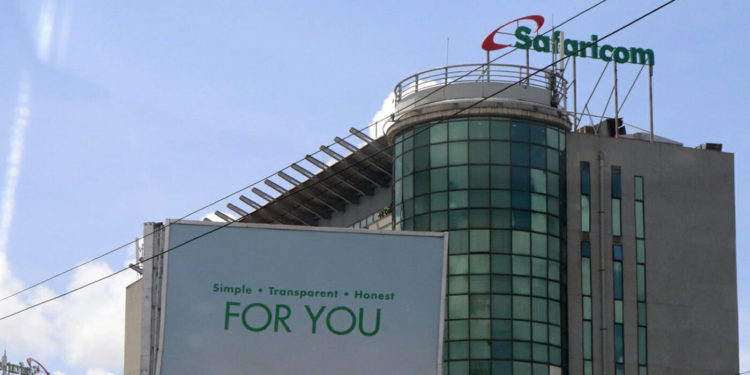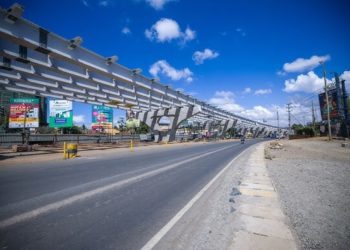Safaricom Plc posted a stellar performance in the first half of the 2026 financial year, with profit after tax surging by 191.5% to KES 29.2 bn from KES 10.0 bn in a similar period last year. The impressive rebound was driven by a double boost of higher revenues and improved cost efficiency, highlighting the firm’s resilience and adaptability in an increasingly competitive telecom and fintech landscape.
Total revenue grew by 8.1% to KES 204.7 bn in H1’2026, up from KES 189.4 bn in H1’2025, supported primarily by a robust 11.1% rise in service revenue to KES 199.9 bn. M-Pesa remained the cornerstone of Safaricom’s earnings, posting a 14.1% increase in revenue to KES 88.1 bn, reflecting continued expansion in digital financial services and merchant payments. The mobile money platform’s active monthly users grew by 13.3% year-on-year to 37.9 million, cementing its dominance with over 97.0% market share in Kenya’s mobile money ecosystem.
Voice and data services also contributed positively, albeit modestly. Voice revenue rose marginally by 0.5% to KES 41.1 bn, reaffirming its maturity as a segment, while mobile data revenue jumped 18.2% to KES 44.4 bn, reflecting the growing demand for digital connectivity and the successful rollout of 4G and 5G infrastructure.
Safaricom’s cost discipline played a key role in the improved profitability. Operating expenses declined by 9.6% to KES 103.4 bn, helping lift the EBITDA by 34.9% to KES 101.3 bn and pushing the EBITDA margin up 9.8 percentage points to 49.5%. This demonstrates stronger operational leverage and a return to efficiency after a period of elevated costs linked to the company’s regional expansion.
The Kenyan business remained the main profit driver, recording a 22.6% rise in net profit to KES 58.2 bn. Meanwhile, the Ethiopian subsidiary reduced its net loss by 22.7% to KES 29.0 bn, a sign of improving operational traction despite the high capital expenditure associated with network rollout. The Ethiopian operation generated total revenue of KES 6.4 bn and service revenue of KES 6.2 bn against operating costs of KES 18.9 bn, resulting in a loss after tax of KES 12.5 bn that weighed on group results.
On the balance sheet, total assets expanded by 5.3% to KES 508.6 bn, reflecting ongoing investments in network capacity and digital infrastructure. Current assets grew by 20.5%, while shareholder funds increased by 18.7% to KES 184.4 bn, underlining Safaricom’s strong capital position.
A key development in Ethiopia was the country’s removal from hyperinflationary classification under IAS 29 as of June 2025. This marks an important step toward macroeconomic stabilization, providing Safaricom with a more predictable operating environment for its long-term investments in the market of over 133 mn people.
Safaricom remains a strong long-term play, backed by its commanding 65.1% share of Kenya’s mobile market and dominance in mobile money. The continued expansion of its digital ecosystem, particularly in payments, enterprise solutions, and data services, positions it to sustain earnings momentum. However, the firm faces headwinds from currency depreciation in Ethiopia and a tough macroeconomic backdrop that could pressure margins. Nonetheless, the first half results underscore Safaricom’s successful pivot from a traditional telecom operator to a regional digital services leader.
















